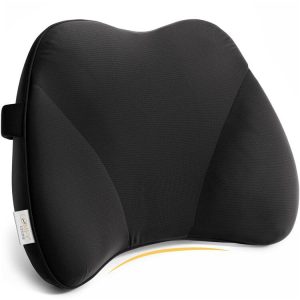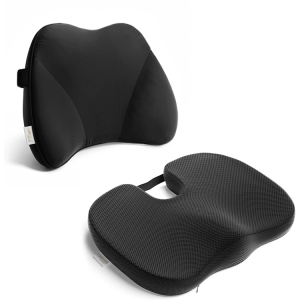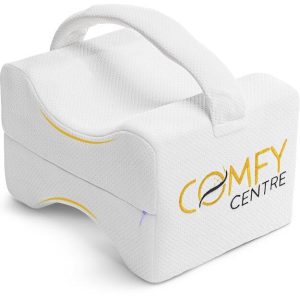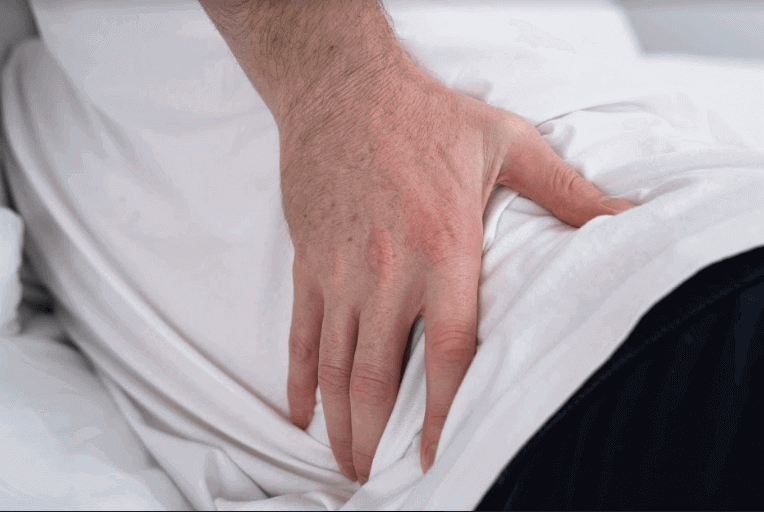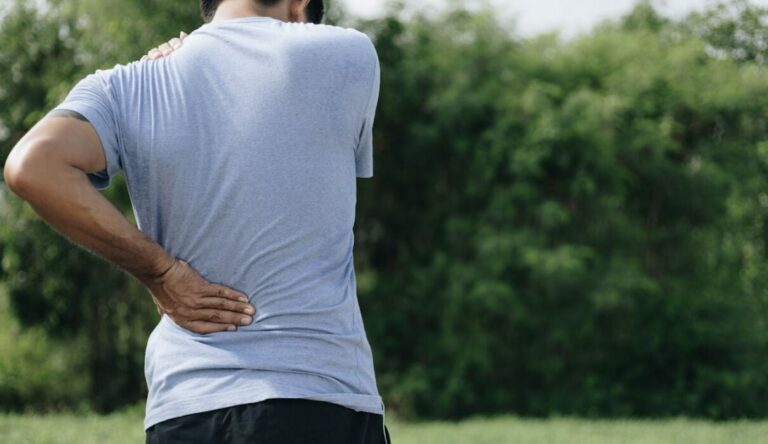Subtotal: €39.99

Truck drivers often experience musculoskeletal pain, a long-term injury that occurs from maintaining poor posture, lifting frequently, and sitting for prolonged periods. This condition often exhibits muscle pain and discomfort. When certain muscles are overworked or not used enough, they can compress or become weak. They may burn, twitch, or feel weary. This can force the entire body off and affect your back, neck, shoulders, knees, and hips. Overall, musculoskeletal pain can worsen without treatment and result in further complications.
The report from Hinge Health shows that 54 percent of adult workers are affected by musculoskeletal disorders each year, commonly associated with low back pain. Other conditions linked with musculoskeletal pain can include anxiety, disrupted sleep, and depression. This condition also accounts for about a quarter of all workers' compensation claims.
Overall, musculoskeletal pain, especially in truck drivers, can worsen without proper treatment and may result in further complications. As a truck driver, this concern shouldn't be overlooked.
How Musculoskeletal Pain Affect Truck Drivers?
In a survey conducted by researchers at the University of Waterloo, 107 male truck drivers at two different truck stop in Ontario, Canada, were surveyed. Approximately 57 percent claimed that they had experienced pain or discomfort at least 30 days before the research.
The associated causes of musculoskeletal pain, particularly low back pain among truck drivers were "stiff postures, repetition, lifting, whole-body vibration and prolonged sitting." The level of physical fitness and overall job satisfaction is believed to contribute to a truck driver's back pain.
To reduce the number of occurrences involving musculoskeletal disorders, trucking companies started implementing vibration-free seats in vehicles, which helps modify workers' tasks and advocate for exercise and healthy eating. However, these measures can only reduce truckers' likelihood of developing musculoskeletal pain, not prevent it completely.
Treatments for Musculoskeletal Pain
Your body needs to restore its health. Retraining your muscles, nerves, ligament, and spine can be challenging. It may require time away from the repetitive, exhausting job duties you regularly endure at work.
Treatments may require:
- Anti-pain and anti-inflammatory medication
- Physical therapy
- Chiropractic care
- Therapeutic massage
- Osteopathic treatment
- Acupuncture
- Exercise routine
- Stretching
If you're having chronic musculoskeletal pain due to work, you must report it to your employer as soon as possible. You may be eligible for workers' compensation benefits, which can help cover your medical expenses and lost wages as you recover.
8 Tips to Prevent Truck Driver's Back Pain

When you sit for long periods, bumped and pushed around as you're driving, get in and out of your truck, and lift heavy loads regularly, back pain tends to follow. The back is composed of lots of muscles, vertebrae, discs, and nerves, that even tiny tweaks to one of these things can complicate it. The good news is that you can do a few things to prevent back pain as a truck driver.
Here are few tips you should consider:
1. Sit with proper posture.
Adjusting your seat can help you avoid the tendency to slouch as you drive. Slouching is harmful to your back. Make sure to properly set your seat so you can conveniently reach the pedals and steering wheel.
- To make sure your seat is adjusted suitably…
- The back of your knee should be just above the edge of the seat, not squeezing into the seat.
- Your entire back should reach the seat.
- The steering wheel should be comfortable enough to reach out and hold.
- Your arms should be at a slight angle while making sure you're not straining to grip the wheel.
Over time, sitting with bad posture can prompt the discs in your back to relocate from their usual position. However, if your seat is adjusted correctly, it will encourage you to sit up straight and maintain good posture as you drive.
2. Watch out as you lift.
Being a truck driver may require some heavy lifting. However, the strain and exertion of lifting, pushing, and carrying things can be harmful to your back. It would be best if you lift with your legs, not your back and arms.
Lifting can also lead to serious problems since you've been sitting down for a long period while driving before you go to work. If you've been sitting and then suddenly begin lifting things, your back might oppose. Keep the discs in your back protected by lifting with your legs. Keep your elbows close to your body. It will restrict you from carrying all the weight on your arms and spine.
3. Adjust your mirrors.
Adjusting your mirrors can help prevent you from twisting your neck awkwardly. You might experience neck and back pain if you tweak your spine while looking over your shoulder or glancing in your mirror. Make sure to check your mirrors before going on a trip.
4. Make time for breaks & stretching.
The importance of stretching your muscles more often can help relieve the tension that intensifies in your back. Walk around and use a little break if you feel the need to. But most importantly, don't overdo it – you have to be gentle when you stretch.
5. Perform light exercises.
Perform light exercises regularly to help your back muscles stay loose and less inflamed. Avoid overdoing your exercises or push yourself too hard. Exercising not just ease back pain – it also helps strengthen your core muscles and back muscles, which is essential for truck drivers who require frequent lifting & pushing.
6. Invest in a Seat Cushion.
Seat cushion purposely provides relief, especially for truck drivers spending long hours on the road. Additionally, seat cushions are designed to encourage proper posture.
When looking for an excellent seat cushion, opt for a pillow with breathable memory foam. This material allows you to get comfortable for an extended period without losing the cushion's shape. The cushion retains its form to provide continuous support while driving. ComfyCentre offers an ergonomic and orthopedic seat cushion that features an aesthetic design: U-shape (relieves discomfort from the coccyx and spine) and a W-shape (takes off the pressure in the legs).
Specifically designed with ultra-elastic materials, this orthopedic seat cushion is proven to relieve any lower body pain. It is firm enough to keep your legs in proper elevation the whole night, therefore preventing any nerve strains.
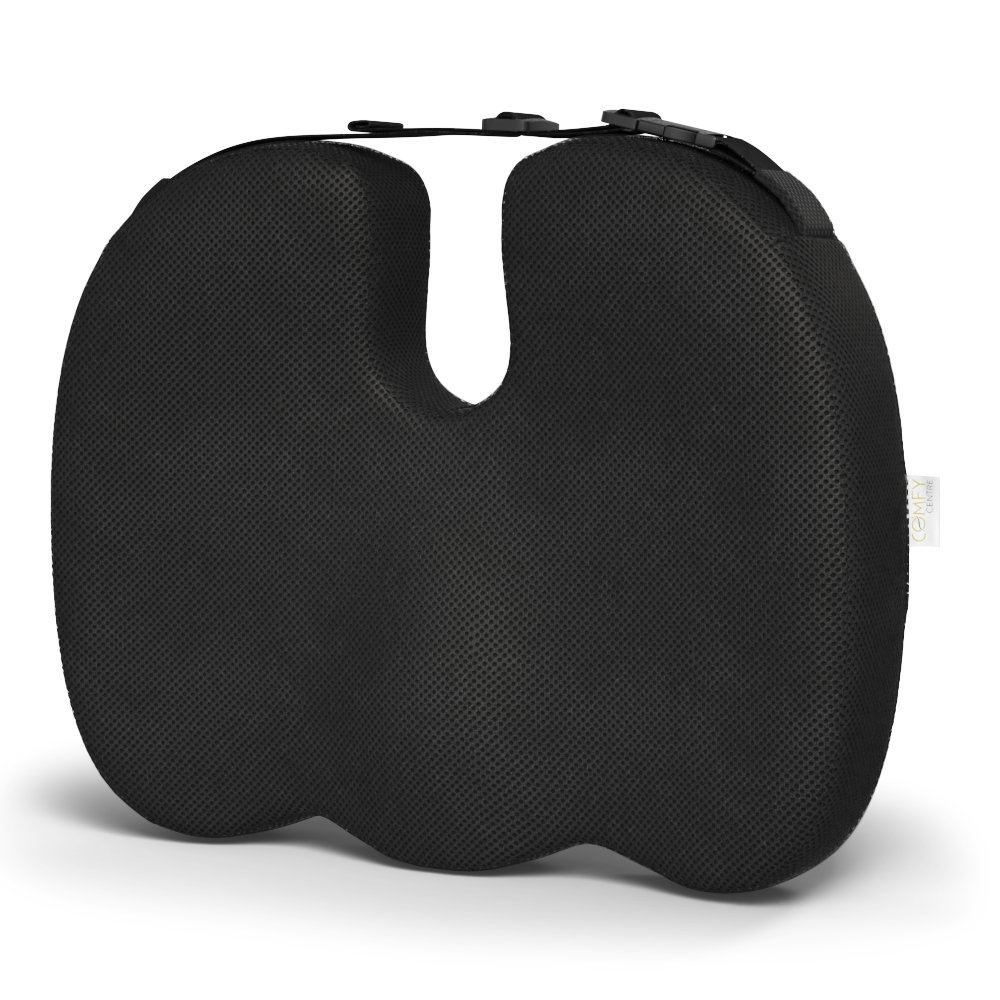
Don't have an idea how the seat cushion works? Check out this useful guide and comparison about Seat Cushion for Truck Drivers.
7. Eat healthier & stay hydrated.
Your diet contributes a major effect on how you feel about your body. Eating healthy makes you feel refreshed while allowing your body to heal itself more effectively. Maintaining a healthy weight can also assist you in preventing back pain as excess weight puts additional pressure on your spine.
Most importantly, stay hydrated. The discs located between your vertebra require fluid to cushion the bones. If they don't, they can become dry and brittle, which can lead to back pain. Drinking plenty of water during the day helps you stay healthy and avoid back problems.
8. Loosen up on the steering wheel.
Try easing it up a little on the steering wheel if you're feeling any discomfort. Although you have to maintain control of your vehicle, try not to tighten the wheel for long periods.
Takeaway
Most truck drivers live with their back pain and take it as a normal part of their job, but it doesn't have to be that way. If you're willing to take a few extra steps to modify your driving routine, you can get the utmost comfort and relief you need.
Lastly, if these measures fail to relieve your back or neck pain, consult a health care provider. Over time, tension to the muscles, joints, and nerve areas can worsen injuries if not properly treated.
